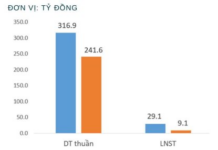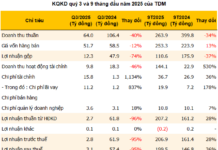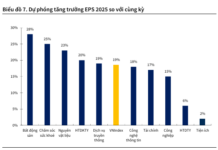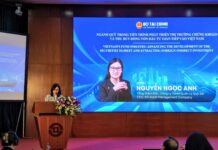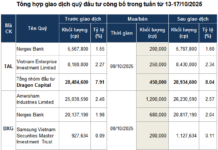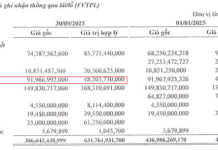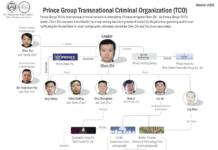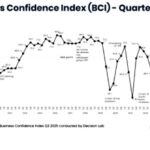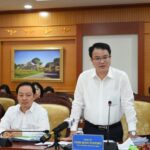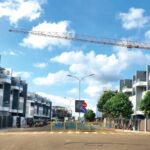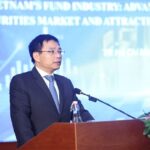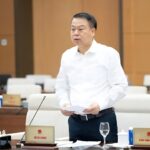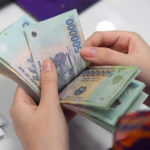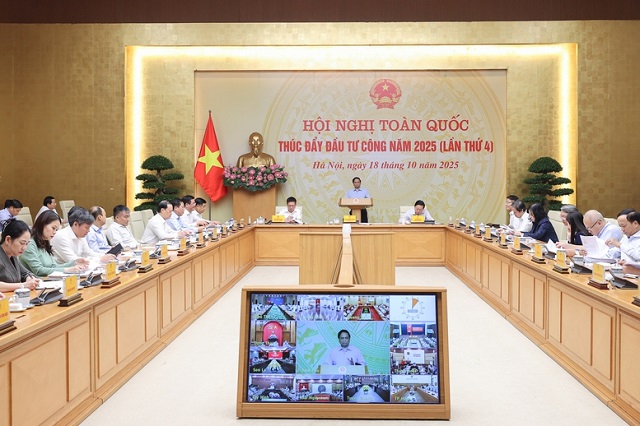
Prime Minister Encourages Investors
|
In his opening remarks at the conference, Prime Minister Pham Minh Chinh emphasized that there is less than a quarter left in 2025. The entire nation must implement sprint solutions to achieve the goals and tasks assigned by the Party and the National Assembly. To reach the growth target of over 8% in 2025, creating momentum for double-digit growth in subsequent years, one of the key drivers is investment, including public investment.
During this term, the entire Party, political system, military, and people are resolutely implementing measures to increase revenue, save expenses, and allocate resources for increased public investment. Consequently, public investment capital for the entire term has increased by 55% compared to the previous term. To date, public investment disbursement has been generally well implemented, avoiding scattered investment. Specifically, in 2025, public investment is approximately 1.11 million billion VND, with a target of 100% disbursement, contributing to development and growth goals.
Amid the nation’s implementation of numerous critical tasks with a substantial workload, the Prime Minister called on leaders of ministries, agencies, and localities to continue demonstrating responsibility toward the nation, people, and citizens. They must focus on directing and organizing public investment disbursement, contributing to socio-economic development and improving the material and spiritual lives of the people.
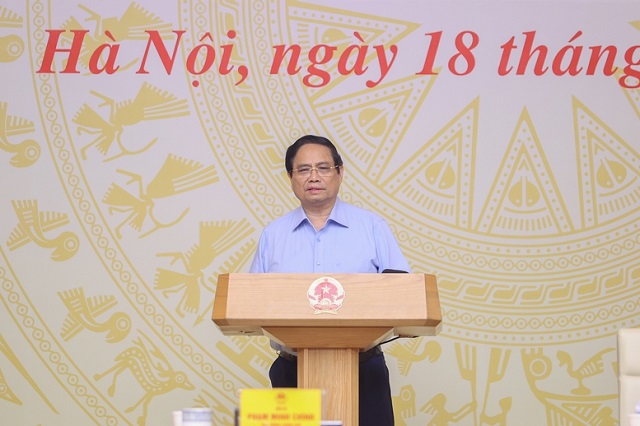
As of October 16, the Prime Minister reported that the nation’s public investment disbursement reached 50.7%, falling short of requirements – Photo: VGP/Nhat Bac
|
The Prime Minister reported that as of October 16, the nation had disbursed 455 trillion VND in public investment, reaching 50.7%, which is below requirements. Among these, 29 ministries, central agencies, and 18 localities have disbursement rates below the national average.
The Prime Minister noted that the Politburo recently issued Regulation No. 366-QD/TW on evaluating and classifying the quality of collectives and individuals within the political system. The results of directing and organizing public investment disbursement are one of the criteria.
Emphasizing that “every house built, every project and task completed brings joy, excitement, and happiness to the people, contributing to the nation’s development,” the Prime Minister urged delegates to focus on reviewing and evaluating public investment disbursement results. This includes clarifying the reasons for slow disbursement in some ministries, agencies, and localities, despite similar legal conditions.
The Prime Minister encouraged delegates to embody the spirit of “less talk, more action, with concrete products,” identifying causes and responsibilities in public investment disbursement. They should address bottlenecks, determine accountability at each level and sector, and avoid shifting or evading responsibility.
According to the Ministry of Finance, public investment disbursement is a key political task. The Government and Prime Minister have shown great interest and provided close, decisive guidance from the beginning of the year, organizing numerous national conferences and issuing a series of telegrams and directives.
The Prime Minister and Deputy Prime Ministers regularly conduct working trips to localities to directly guide and resolve bottlenecks related to institutions, processes, and norms. They also inspect the progress and quality of key national projects and priority initiatives on-site.
To enhance discipline and accelerate public investment disbursement, the Prime Minister issued a decision to reallocate central budget capital from ministries and localities with low disbursement rates to those needing additional capital. This aims to expedite project implementation and includes multiple telegrams to promote disbursement.
Notably, the Government and Prime Minister directed the amendment, supplementation, and adjustment of various laws, decrees, and resolutions to remove obstacles. They enhanced decentralization, delegation, and simplification of procedures, digitizing the entire approval, allocation, payment, and settlement process for public investment.
Under decisive leadership, public investment allocation and disbursement have achieved significant results. State budget capital has been concentrated on key infrastructure projects, including highways, airports, and high-speed railways, creating new development momentum for regions and localities.
Since the beginning of the year, over 455 km of highways have been completed, and 364 km of new highways have been started, aiming to achieve the target of over 3,000 km by the end of 2025. Discipline in public investment has been strengthened, with ministries, sectors, and localities regularly reviewing, adjusting, and reallocating capital between projects to ensure efficiency, transparency, and timely progress. This significantly contributes to economic growth, macro stability, and sustainable development.
– 10:10 18/10/2025
European Business Confidence in Vietnam Reaches Three-Year High
The EuroCham Business Confidence Index (BCI) for Q3/2025 soared to 66.5 points, marking its highest level in three years. This surge reflects the growing optimism among European businesses operating in Vietnam, driven by administrative reforms, green transition initiatives, and resilience amidst global challenges.
Credit Policies, Tax Regulations, and Housing Inequality in Vietnam
Property prices not only reflect the physical balance of supply and demand but also serve as a mirror to the equity of opportunity distribution. When credit and tax policies disproportionately favor those who already possess assets, the system perpetuates inequality, turning real estate into a hotbed for both financial risk and eroding trust.














